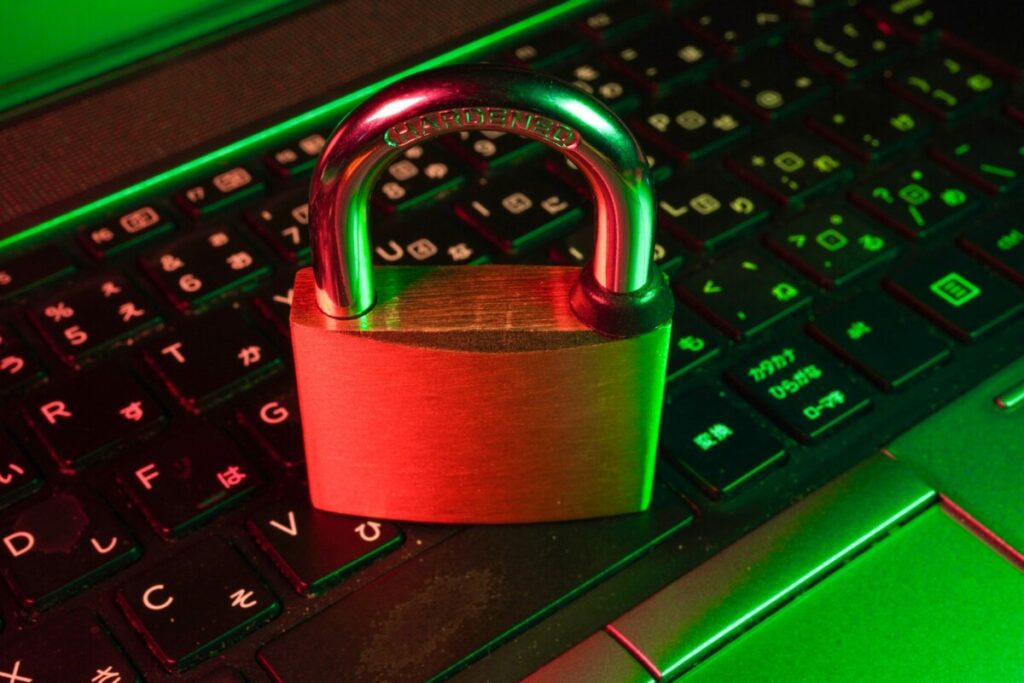Moving Beyond Compliance to True Resilience

Attributed to Sean Tilley Senior Director of Sales for EMEA 11:11 Systems
Organisations can no longer afford to rely solely on achieving compliance as a defence strategy. Cyber threats are not only more sophisticated, they are relentless. While regulatory compliance sets a baseline, true cyber resilience demands a proactive, layered approach. Businesses must not only pass audits but also recover seamlessly from cyber-attacks to avoid disruption to business continuity.
The Fallacy of “It Won’t Happen to Us”
It is human nature to believe a disaster will happen to someone else, but when it comes to cybersecurity, this mindset is dangerously outdated. From Fortune 500 companies to small non-profits, no organisation is immune to cybercrime. According to Cybersecurity Ventures, global cybercrime costs are projected to hit $10.5 trillion in 2024.
Recent high-profile breaches, such as the attack on M&S, makes it clear that attackers exploit weaknesses, wherever they exist. It is up to the organisation to ensure appropriate cyber resilience measures are in place to recover its systems and data securely in the event of a breach.
Why Compliance Alone Isn’t Enough
Organisations that treat compliance as the finish line are missing the bigger picture. Compliance frameworks such as HIPAA, GDPR, and PCI-DSS provide critical guidelines, but they are not designed to cover the full spectrum of evolving cyber threats.
Cybercriminals today use AI-driven reconnaissance, deepfake impersonations, and polymorphic phishing techniques to bypass traditional defences. Meanwhile, businesses face growing attack surfaces from hybrid work models and interconnected systems. A lack of leadership commitment, underfunded security programs, and inadequate employee training exacerbate the problem.
Building Cyber Resilience: Lessons from the Front Lines
Building cyber resilience requires a multi-faceted approach that integrates prevention, detection, and recovery, to avoid incidents and bounce back quickly when they occur. It is important to strengthen cyber resilience strategies accordingly in preparation for attacks on high-risk sectors such as finance, healthcare, and government which are particularly vulnerable due to the sensitive data they manage. Additionally, small and midsize businesses are often overlooked yet frequently targeted because of weaker defences.
Building resilience requires more than reactive policies, it calls for layered, proactive defence mechanisms such as threat intelligence, endpoint detection and response (EDR), and intrusion prevention systems (IPS). These are essential in identifying and stopping threats before they can cause damage which should be at the front line of defence. Ultimately reducing exposure and giving teams the visibility they need to act swiftly.
Tools like Cyber Risk Assessments help organisations quickly pinpoint vulnerabilities, prioritise remediation, and continuously improve their security posture. These types of assessments provide a clear roadmap to reduce risk and reinforce resilience.
Recovery: The Missing Link in Security Plans
Even with the best cyber security strategy breaches can and do happen. That’s why managed cyber event recovery is a vital component of any resilience strategy. Modern data protection ensures that not only is data backed up, but also accessible, uncompromised and usable during a crisis.
Organisations must go beyond backing up their critical data assets in the event of a cyber breach or ransomware attack to avoid attackers accessing these backups and compromising the data. This can be achieved by maintaining isolated copies of critical data assets called immutable backups.
Equally important is the ability to recover data and systems in a secure, isolated environment called a cleanroom. Clean rooms enable organisations to restore operations without the risk of reinfection by ensuring systems are thoroughly inspected before being restored. This level of control is critical in the aftermath of a sophisticated cyberattack to ensure resilience.
The Human Factor: Empowering Employees
However, technology alone is not enough, people play a critical role in maintaining cyber resilience. Empowering employees through education and awareness is key. Organisations must encourage strong password hygiene, multi-factor authentication (MFA), and foster consistent security habits across all levels of the organisation.
Training staff to recognise phishing attempts and other social engineering tactics significantly reduces the chances of human error opening the door to attackers. Equally important is the creating a culture where employees feel safe to report suspicious activity immediately and without fear, helping to ensure early detection and faster response.
From Compliance to Capabilities: A Resilience Framework
True cyber resilience means moving beyond regulatory compliance to develop strategic capabilities that protect against, respond to, and recover from evolving threats. This includes implementing both offensive and defensive security layers, such as penetration testing and real-time intrusion prevention, to identify weaknesses before attackers do.
Real-time threat intelligence keeps organisations informed of emerging risks, enabling faster, more targeted defences. Well-practiced incident response plans and simulations prepare teams to act decisively under pressure. Finally, fostering cross-functional collaboration across IT, leadership, and business units ensures that cybersecurity is embedded into the entire organisation.
Prepare Today, Secure Tomorrow
Compliance is a benchmark, but it cannot be the end goal. Resilience is about having the necessary agility, sustained operations, and the ability to adapt and recover, regardless of the threat.
By prioritising resilience over reactive compliance and working with expert partners or Managed Service Providers (MSPs), businesses can fortify their defences, recover more quickly from attacks, and build a secure future.







